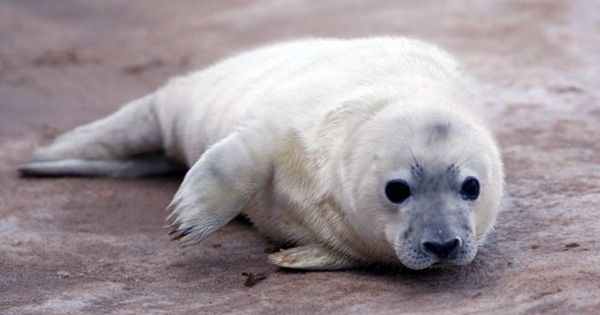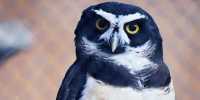Sea plastic waste is no secret (remember rubber ducks?) In addition, large and small animals are suffering because of this hard material failing to break down despite decades of exposure to the material.
Things get more complicated when this waste is just the right size to wrap around the wildlife. An animal artificially rescued that fatally snatched by a round hoop that could prove to be stuck in the seal’s neck. Named after Mrs. Vicar for her white collar, a UK photographer dropped the seal in her soothing condition but it was not long before – two and a half years after the seal first appeared – rescuers were finally able to cut away the objectionable debris.
The rigid 2.8 cm-thick (7 inch) piece of white plastic thought to have come from one type of pipe. Seal flippers are limited in their skills and animals are often unable to free themselves in misery like Mrs Vikar. The plastic hoop was becoming a cause for concern and it failed to grow with the seal, eventually cutting the skin off his neck, putting it at risk of fatal infection.
The team has expert seal handlers with a lot of experience often removing debris like plastic grooves from the neck of the seal. Once it cut, Mrs. Vicar bathed and given some antibiotic injections to encourage wound healing. In a press release sent to IFLScience, RSPCA East Winch manager Alison Charles said, “Sadly, we know the seal has been ringing around his neck for two years.” “We can start giving her a salt bath to help her neck wound recover soon. We add 25kg bag of salt to each bath and have a bath on her day until she starts donating. This is the process of healing when you cannot “divide and sew” a wound.
“It’s so frustrating to know that this injury can be prevented. All we can do now is hope that Mrs. Victor is so strong that she can see it. Even if she makes it in the next few days, we are not out of the woods, and we will treat him for a few months.” If you live in the UK and see an animal you are concerned about, contact the RSPCA emergency line at 0300 1234 999 never try to catch or handle the injured seal. Find out how to act as a whale-scattering responder in an interview with our IFLScience.















